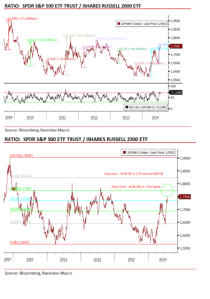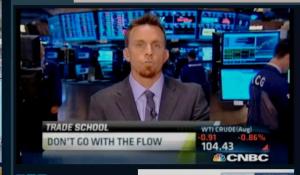Courtesy of ETFtrends.com and reporter Max Chen
Asset managers who want to dabble in the exchange traded fund space do not have to go it alone. Some of the most innovative ideas have been launched based on ETF service providers partnering with forward thinking managers.
Those who are thinking about putting their own strategy to work in an ETF wrapper can attend the upcoming ETF Boot Camp conference event that is slated for September 29 and 30 in New York City to hear from the largest ETF providers on how to foster relationships, the process for joining forces and the benefit of these partnerships. Seeking to grow their assets under management, small money managers are taking a closer look at ETFs. However, some are turning to so-called white label, or turnkey, ETF companies to build and launch an investment idea.
ETF issuers like Exchange Traded Concepts, ActiveETF Partners, Golden Gate Investment Consulting LLC, ALPS, AdvisorShares and ETF Issuer Solutions, among others, help go through the regulatory approval process, provide a board of directors and get an ETF listed on an exchange for $20,000 to $100,000 in startup costs.
For instance, some small hedge fund managers see ETFs as an ideal way to increase assets under management. Smaller funds typically find it harder to bring in large pension funds and institutions that target large hedge funds with billions in assets under management and long track records. As a result, more are beginning to look at ETFs as a way to market their investment strategies, targeting financial advisors and retail investors instead.
“A lot of people are surprised that there’s no one way to do it,” according to Golden Gate Investment Consulting. “There are as many different operating models as there are ETF sponsors — you can outsource or take in-house just about any function.”
For the entire story from ETFtrends.com, please visit http://www.etftrends.com/2014/07/the-white-label-avenue-to-launching-an-etf/












